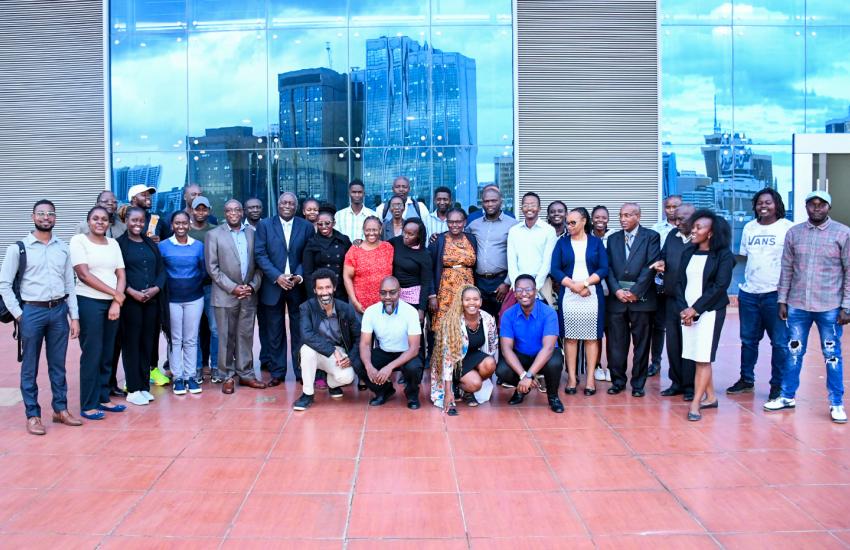IDS' CAMA Project launches Nairobi Cycling Manual
On Wednesday, 21st May 2025, the Collaboration for Active Mobility in Africa (CAMA) Project held a closing ceremony, marking the culmination of nearly four years of groundbreaking work, collaboration, and shared vision.
The Collaboration for Active Mobility in Africa—fondly known as CAMA or “Kama Twende” in Swahili, meaning “Let’s go”— was born out of a bold aspiration: to transform how we walk and cycle in our cities, and in doing so, to reshape our urban futures.
Since its inception in June 2021, and supported by the German Federal Ministry of Education and Research alongside the DAAD, the CAMA project has united academic institutions and practitioners across Kenya, Uganda, Ethiopia, and Germany. Together, reserachers and stakeholders have addressed a shared challenge—the longstanding neglect of walking and cycling in transport planning and policy across Sub-Saharan Africa, despite these modes being the lifeline of mobility for millions.
In Nairobi, CAMA work has been rooted in a deep, participatory methodology—one that blends rigorous research with community voices, lived experiences, and co-creation. Through this approach, the team has:
- Conducted extensive surveys with over 460 pedestrians, cyclists, persons with disabilities, and local businesses;
- Mapped walking and cycling infrastructure across key corridors like University Way, Jogoo Road, and Muindi Mbingu Street;
- Carried out a 12-hour video-based traffic conflict analysis to understand real-time user interactions and safety risks;
- And perhaps most powerfully, convened diverse stakeholders through World Café sessions, workshops, and roundtable discussions to imagine, design, and refine solutions together.
The result? A robust body of evidence, co-designed interventions—including tabletop crossings, pedestrian islands, and reflective signage—and the development of a Nairobi Cycling Manual, which was launched during the project closing ceremony.
But the journey has not been without challenges. The Living Lab intervention on University Way, although collaboratively designed, was not implemented due to a lack of buy-in from key stakeholders. Yet even in this, the team found lessons: that urban transformation requires not only evidence and innovation but also institutional courage, community persistence, and policy alignment.
The IDS Research Director Prof. Paul Kamau in his remarks emphasized that CAMA's work is not ending—it is evolving. The partnerships built, the data gathered, the manuals developed, and most importantly, the shift in mindset we’ve collectively fostered all form a sturdy bridge into the future.


